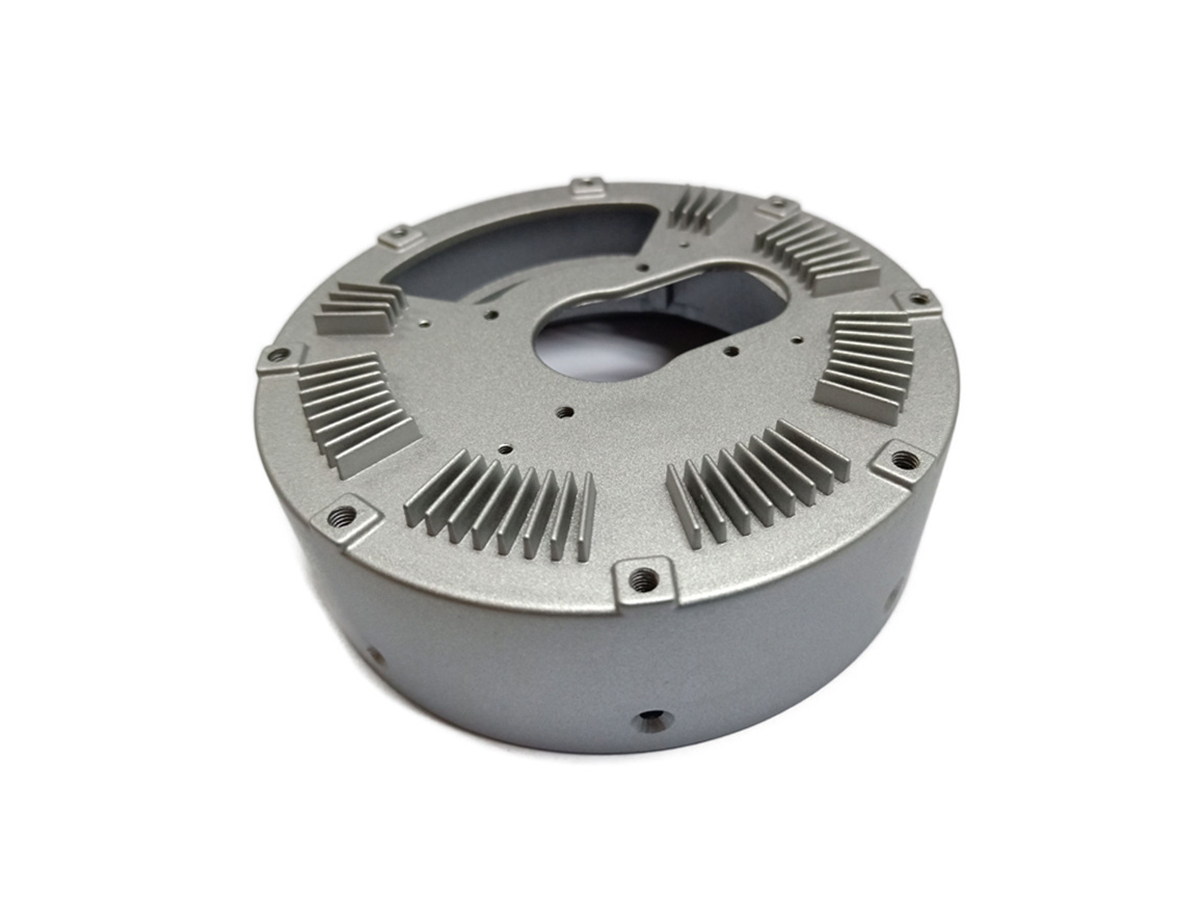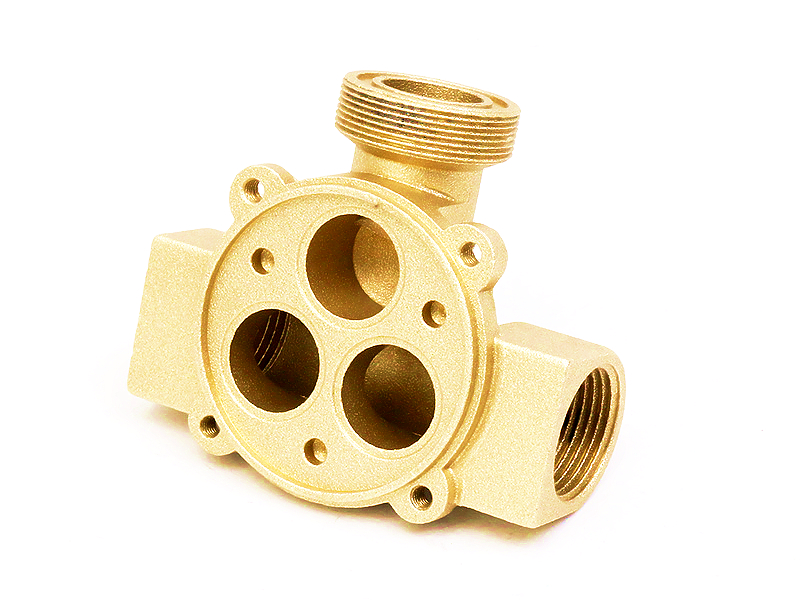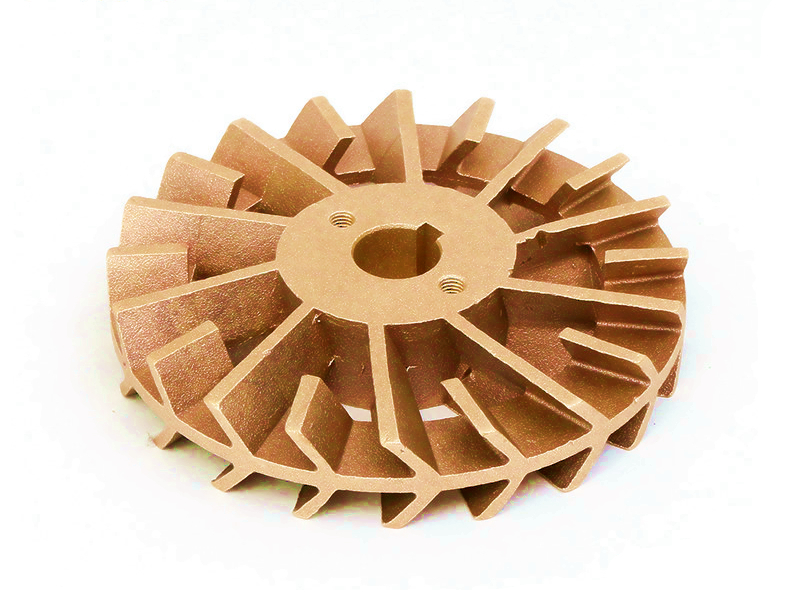Aorus Custom Computer Accessories Hardware HPDC Aluminum Die Casting Solutions
High-performance computing accessories demand enclosures and brackets that are lightweight, thermally conductive, and structurally reliable. Aluminum high-pressure die casting (HPDC) delivers all these attributes efficiently and consistently.
This project highlights the custom production of structural and decorative aluminum parts for advanced gaming hardware. It focuses on how aluminum alloys, precision molds, and post-processing solutions combine to meet tight tolerance and surface finish requirements.
HPDC Aluminum Solutions for Consumer Electronics Hardware
Aluminum die casting enables efficient manufacturing of thin-walled, high-strength parts used in mechanical housings, brackets, and decorative panels for computer accessories. A380 aluminum alloy was selected due to its balance of castability, thermal conductivity, and mechanical integrity.
Key material properties (A380):
Ultimate tensile strength: 310 MPa
Yield strength: 165 MPa
Density: 2.74 g/cm³
Thermal conductivity: ~96 W/m·K
Die cast surface finish capability: Ra ≤ 3.2 µm
Explore the properties of A380 aluminum die casting for thermally demanding electronics applications.
Mold Design for Functional and Decorative Hardware
The parts required detailed branding surfaces, recessed heat spreader channels, and mounting bosses for fan modules. Molds were engineered with high polish inserts, balanced gating, and multi-cavity layouts to ensure part repeatability and surface clarity.
Tooling specifications:
Wall thickness: 1.5–2.8 mm
Dimensional tolerance: ISO 8062 CT6 (±0.1 mm)
Die life expectancy: >100,000 shots (H13 steel)
Cycle time per shot: ~40 seconds
Learn how our tool and die services deliver molds suitable for both functional and visually sensitive applications.
HPDC Parameters and Process Control
Parts were cast using 500–800 ton cold chamber HPDC machines. Tight control of fill time and vacuum-assisted venting ensured low porosity and sharp feature reproduction.
Die casting parameters:
Injection speed: 2.5–3.2 m/s
Intensification pressure: 100–120 MPa
Fill time: ≤0.2 s
Die temperature: 230–260°C
Our aluminum die casting services incorporate real-time shot monitoring and feedback loops to maintain consistent quality across long production runs.
Post-Machining and Secondary Processing
Critical assembly interfaces were post-machined using high-speed CNC centers. These included:
Screw bosses (M3/M4 tapping)
Mounting hole reaming (Ø4–Ø8 mm, ±0.02 mm)
Branding face trimming (Ra ≤ 1.6 µm)
Bracket fit surfaces milled flat to ≤0.05 mm
These operations are part of our post-machining solutions for electronics-grade aluminum housings.
Surface Finishing for Aesthetic and Functional Performance
To meet the appearance expectations of high-end hardware, a dual surface treatment was applied:
Sandblasting to unify texture and reduce tooling marks
Anodizing in matte black (12–15 µm thickness) for corrosion resistance and finish durability
Alternatives like powder coating and arc anodizing are available for custom styling or branding. Selective laser etching was used to add logos without secondary printing.
Quality Assurance and OEM-Ready Output
Each lot was subjected to visual inspection, dimensional validation, and surface finish testing.
Inspection protocol included:
CMM measurement on 100% of key features
Coating adhesion: ASTM D3359, 5B rating
Salt spray resistance: >720 hours per ASTM B117
Surface flatness checked with optical profilometry
Full traceability was achieved via batch coding and serialized laser marking, enabling quality control across large product lines.
FAQs
What aluminum alloys are preferred for custom electronics accessories and why?
How is surface finish controlled in decorative die cast parts?
What post-machining operations are typical for computer accessory hardware?
What anodizing parameters improve corrosion resistance for electronics?
How does HPDC support high-volume, visually critical component production?



